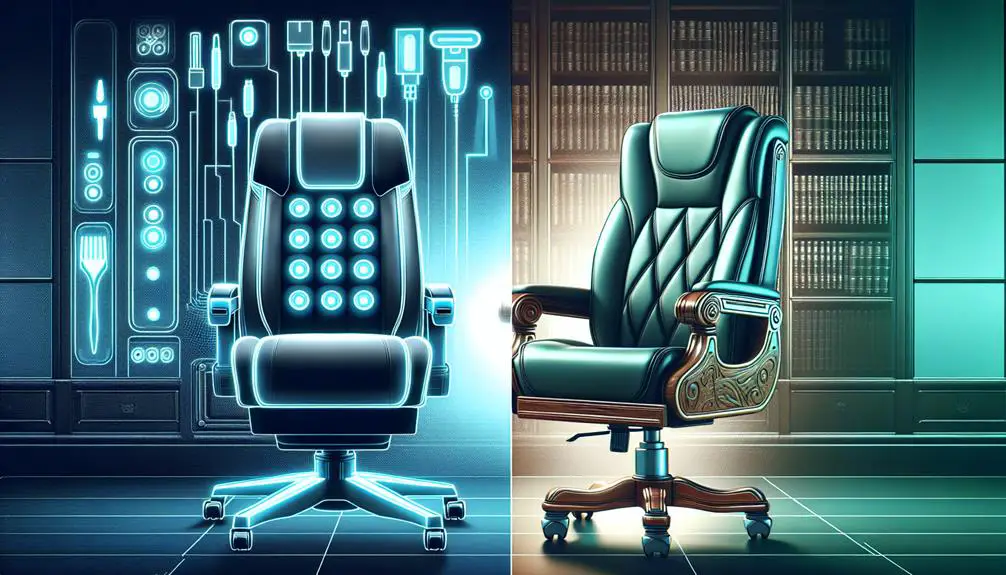Power seats:
- Power seats offer the convenience of adjusting seat position with the push of a button.
- They often include features like memory settings for multiple drivers and lumbar support adjustments.
- However, they can be more expensive to repair if they malfunction.
Manual seats:
- Manual seats are straightforward and reliable, with no electrical components to potentially fail.
- They are usually lighter than power seats, which can be beneficial for fuel efficiency.
- However, adjusting manual seats can be more time-consuming and less precise compared to power seats.
Understanding Manual Seats

Manual seats, often the standard in many vehicles, allow you to adjust your seating position using physical levers and sliders. You've probably encountered these in most cars you've driven or ridden in. They're straightforward and give you control over your seat's position without needing any electrical intervention.
You'll find a lever usually located on the front lower side of the seat to slide it forward or backward, adjusting the distance from the pedals and steering wheel. It's important for making sure you're at a comfortable and safe driving distance. There's often a knob or wheel on the side that lets you adjust the seatback angle. You can lean it back for a more relaxed posture or upright for attentive driving.
Another common feature is the height adjustment. This mightn't be present in all manual seats, but when it is, it usually operates via a lever that you pump up or down. It's particularly useful for shorter drivers who need that extra height to get a clear view of the road.
Manual seat adjustments are generally more durable and less prone to malfunction than their power counterparts, mainly since they've fewer components that can fail. They're additionally lighter, which might appeal to you if you're conscious about your vehicle's weight for performance or fuel efficiency reasons.
Comprehending how to manipulate these controls effectively ensures you're seated comfortably, securely, and with best visibility and control over your vehicle. It's a simple skill, but it makes a significant difference in your driving experience.
The Allure of Power Seats
Power seats raise your driving experience by offering convenience and comfort with the push of a button. Imagine adjusting your seat to the perfect position without having to pull levers or push yourself back and forth. That's the beauty of power seats—they're designed to make your life easier. You'll find yourself effortlessly finding that sweet spot where visibility is at its best, and comfort is unmatched.
Let's delve into some of the features that make power seats so appealing:
| Feature | Benefit | Why It Matters |
|---|---|---|
| Adjustable Options | Multiple positions | Tailors the seat to your body |
| Memory Settings | Saves preferred positions | Quick adjustments for drivers |
| Lumbar Support | Adjustable lower back support | Reduces driving fatigue |
| Heating/Ventilation | Temperature control | Enhances comfort in all climates |
| Ease of Use | Simple buttons/switches | Accessible for all ages and abilities |
These features highlight why power seats are becoming a must-have for many drivers. The memory settings, for instance, are a game-changer for families sharing a vehicle. No more fiddling with levers every time you switch drivers—just press a button, and the seat adjusts to your saved position.
Beyond comfort, power seats can also contribute to safer driving by allowing for quicker, more precise adjustments. This means you can keep your focus on the road while finding the ideal seat position. The additional support and customization options can help reduce the risk of discomfort and fatigue on long drives, making power seats not just a luxury, but a practical choice for anyone who spends significant time behind the wheel.
Cost Analysis

While exploring the benefits of power seats highlights their appeal, considering the cost is also critical for a well-rounded decision. You've learned about the convenience and comfort that power seats offer, but let's delve into how your wallet feels about them.
Initially, vehicles equipped with power seats will cost you more. This isn't just a slight increase; we're talking about a notable bump in price compared to their manual counterparts. You're paying for the motors, the technology behind the memory settings, and the added luxury they provide.
Now, think about the trim levels of vehicles. Cars with power seats often sit in a higher trim level. This means you're not just paying for the seats themselves but also for a package of features that might include advanced safety systems, better audio setups, or other high-end amenities. It's a bundled deal that escalates the price further.
However, it's not just about the sticker price. Consider the value retention over time. Vehicles with high-tech features, including power seats, can maintain their value better, assuming technology doesn't leap too far ahead. But, there's a balance to strike. You might find the initial investment pays off when it's time to sell or trade in, but only if the market still values these features.
In essence, while power seats add a touch of luxury and convenience, they come with a higher price tag. It's up to you to weigh the comfort and the cool factor against the extra dollars you'll shell out. Remember, a comfortable drive is crucial, but so is keeping your finances in comfortable shape.
Maintenance Considerations
Beyond the initial purchase, you'll need to think about how often maintenance might be required for power seats compared to manual ones. Power seats, with their motors and electronic components, may necessitate more frequent and specialized care to keep them functioning smoothly. In contrast, manual seats, relying on simpler mechanical adjustments, generally require less upkeep. However, it's not just about frequency; the cost of repairs can vary considerably between the two.
To give you a clearer picture, consider this table summarizing key maintenance considerations:
| Aspect | Power Seats | Manual Seats |
|---|---|---|
| Frequency of Repairs | Higher | Lower |
| Cost of Repairs | Potentially higher because of | Generally lower as |
| electronic components | fewer complex parts are involved | |
| Specialist Required | Often yes | Less likely |
| DIY Friendliness | Lower | Higher |
You'll find power seats might require professional intervention more often, not just as they're complex, but as incorrect handling could lead to further damage or void warranties. On the flip side, manual seats offer a more straightforward mechanism that's easier to understand and, hence, fix or adjust on your own.
Making Your Choice

Given the maintenance aspects of power and manual seats, it's time to decide which option best suits your needs and lifestyle. Both choices have their own set of advantages and disadvantages, but ultimately, your selection should align with what you value most in your vehicle's seating. Here are some key factors to contemplate:
- Convenience: Power seats offer unparalleled comfort with their adjustability at the push of a button. If you often find yourself needing to adjust your seat or share the car with drivers of different sizes, the convenience of a power seat can't be overstated.
- Cost: Manual seats generally cost less upfront and have lower maintenance expenses over time. If you're budget-conscious or prefer a simpler, more straightforward mechanism, manual seats might be the way to go.
- Durability: While power seats add a touch of luxury, their complex mechanisms can be prone to more issues down the line. Manual seats, with fewer moving parts, typically boast greater longevity.
- Control: Do you prefer having precise control over your seat's position? Power seats often offer more adjustability options, including lumbar support and memory settings, which can be a boon for drivers with specific comfort needs.
Your decision should balance these considerations with your personal preferences and the way you use your vehicle. Whether you prioritize ease of use, cost efficiency, durability, or precise control, there's a seating option out there that's perfect for you. Remember, the right choice is the one that meets your needs and improves your driving experience every day.
Conclusion
In the end, choosing between manual and power seats boils down to your preferences and needs. If you're after simplicity and lower costs, manual seats are your go-to.
But, if you crave comfort and convenience, power seats are worth the extra penny. Remember, maintenance for power seats can be pricier, so weigh this against the ease they offer.
Ultimately, your choice should align with what makes your driving experience the most enjoyable and practical for you.